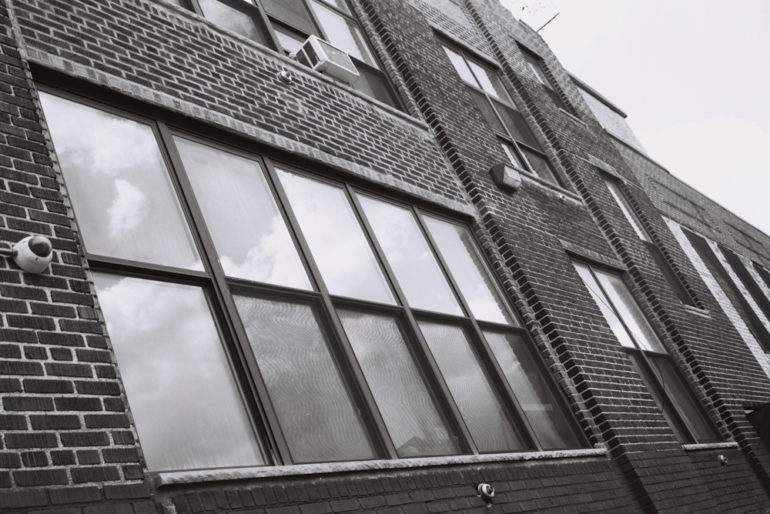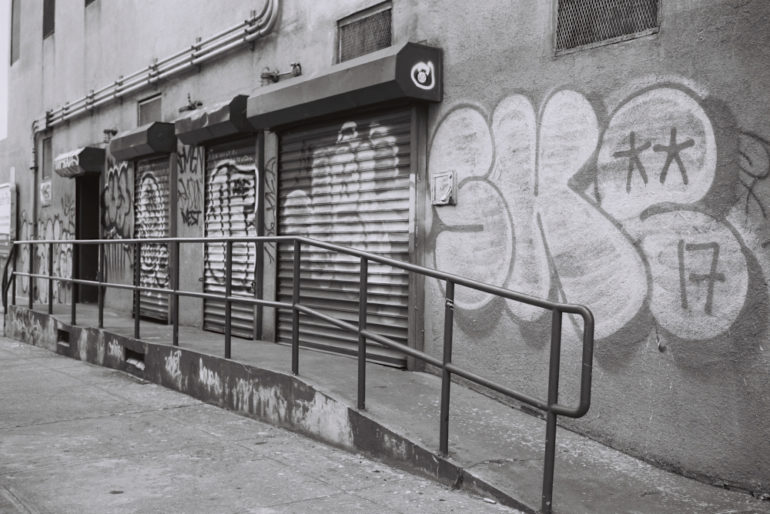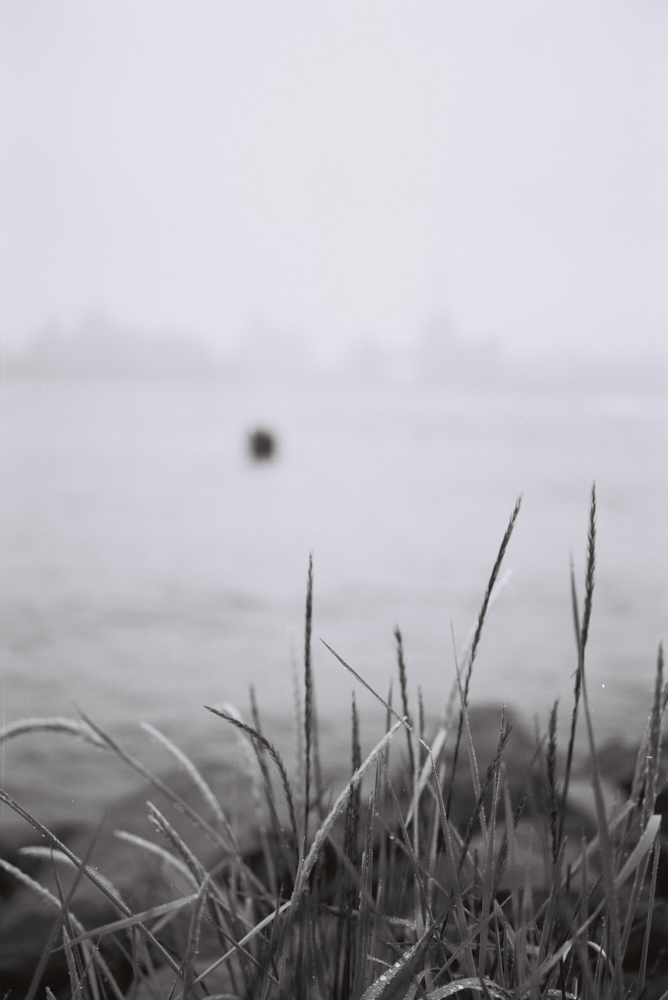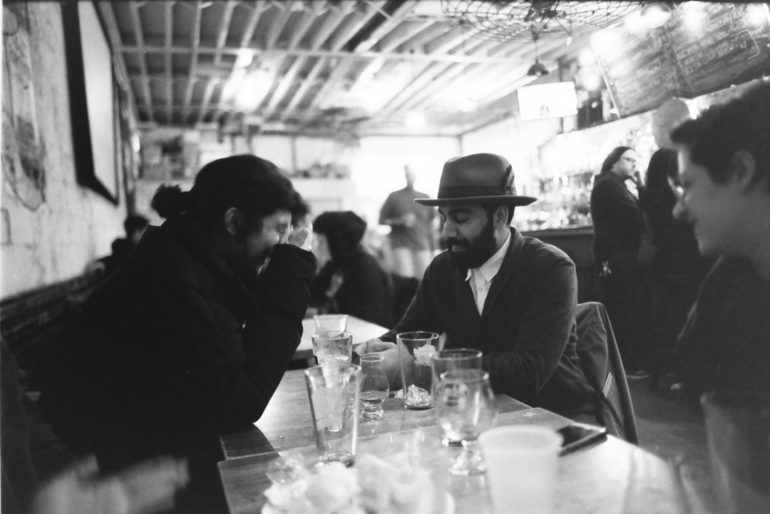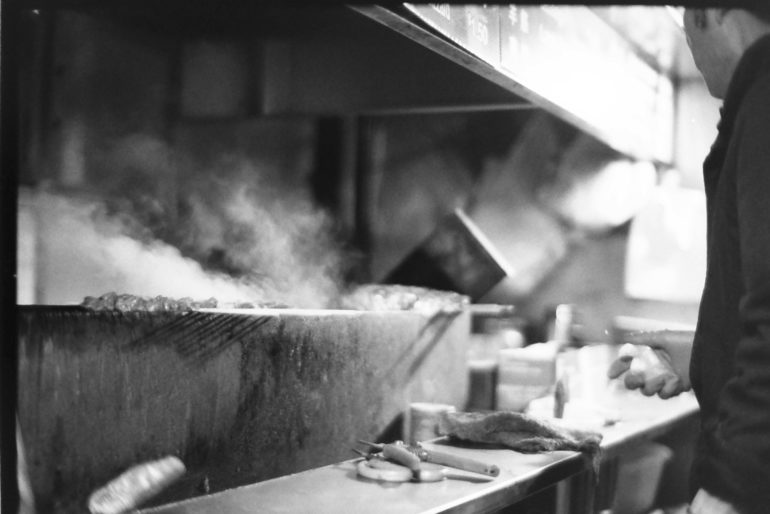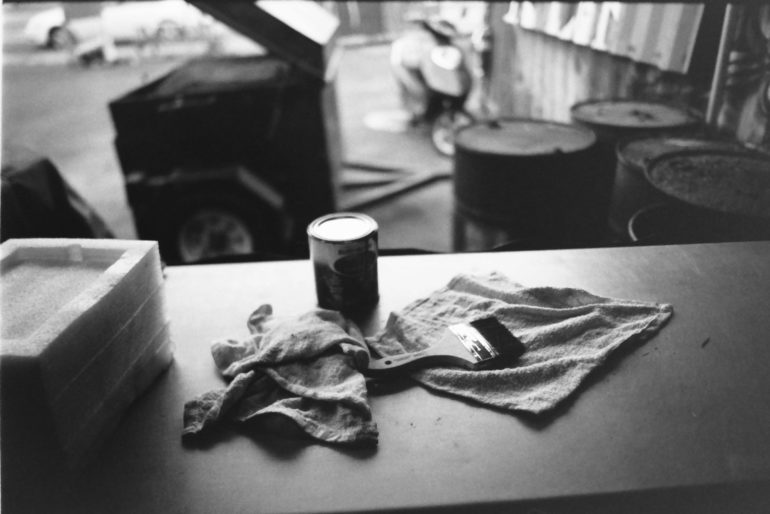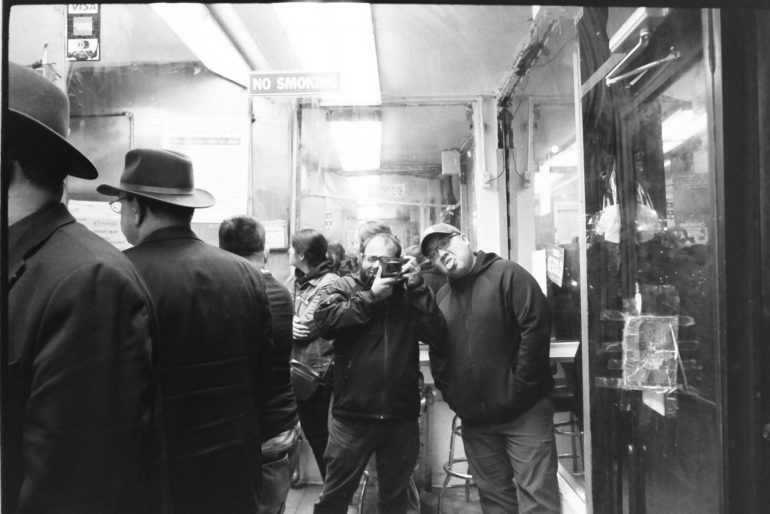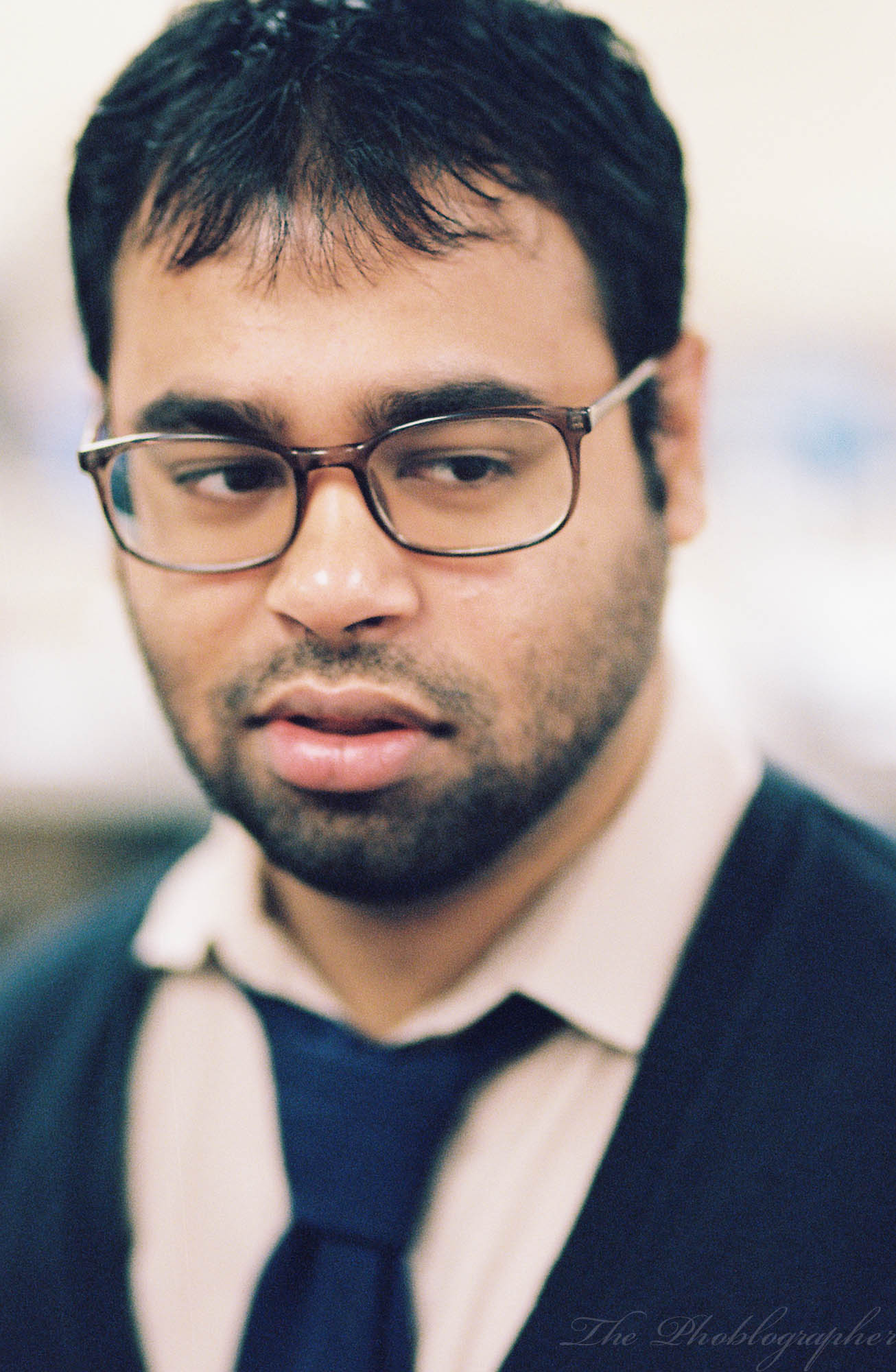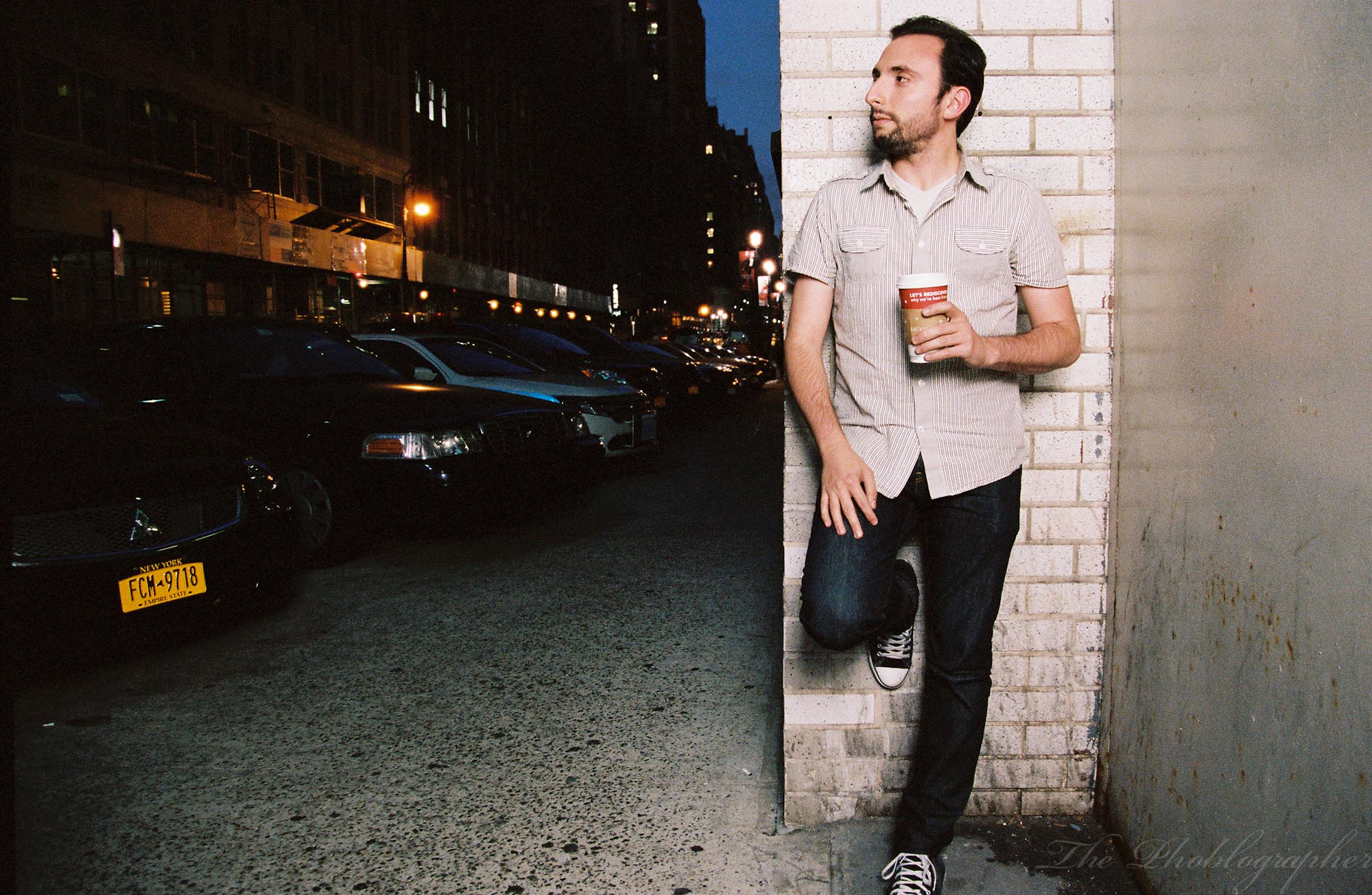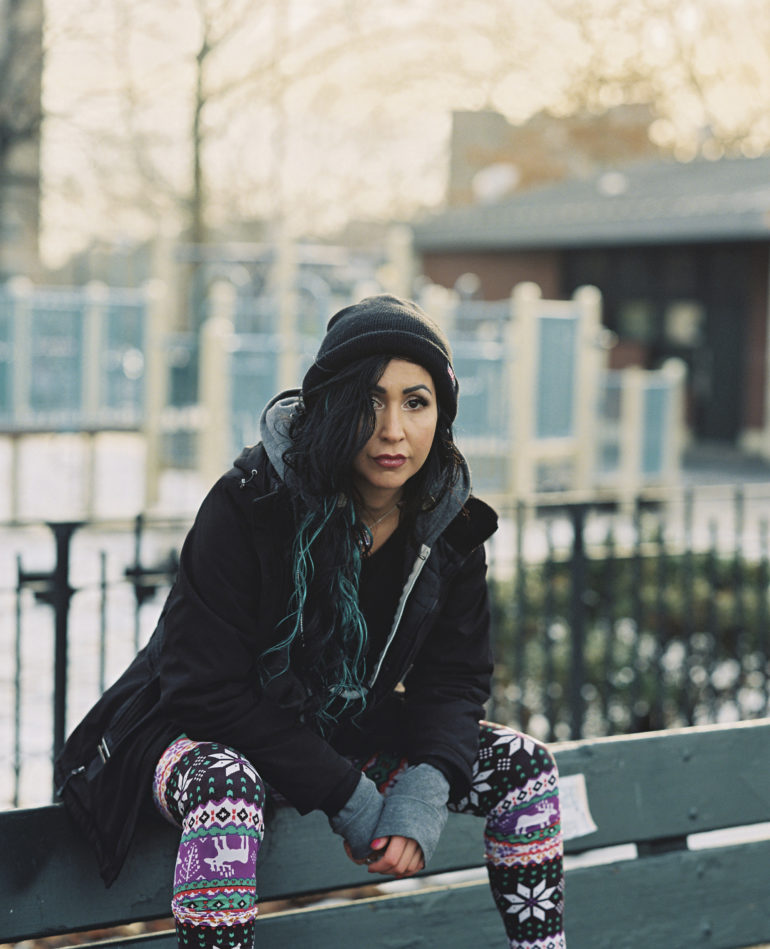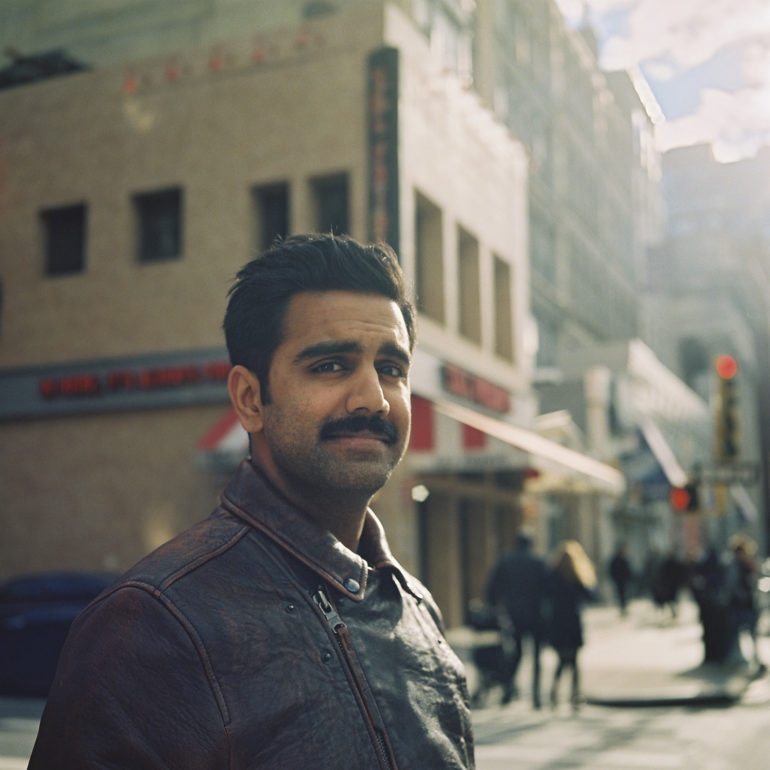Kodak film is some of the best that you’re going to find on the market; and for good reason too!
The world of analog film photography is one currently experiencing a Renaissance; and at the forefront of it is Kodak film. Kodak is the last big company producing film that hasn’t cut emulsions but instead is bringing out new ones. Professional photographers used to use Kodak film for years and today the new breed of analog photographers does just that. There are a number of options for photographers to get into–with some of the tried and true emulsions being both Kodak Tri-X and Kodak Portra. Look around the web, and you’ll see tutorials and presets for digital photographers to get the look of these films. But no matter how hard they try, they just don’t recapture the magic of film.
We’ve reviewed every professional film emulsion that Kodak offers, and so we’re rounding up our reviews for you in one spot.
Table of Contents
Kodak Tri-X 400
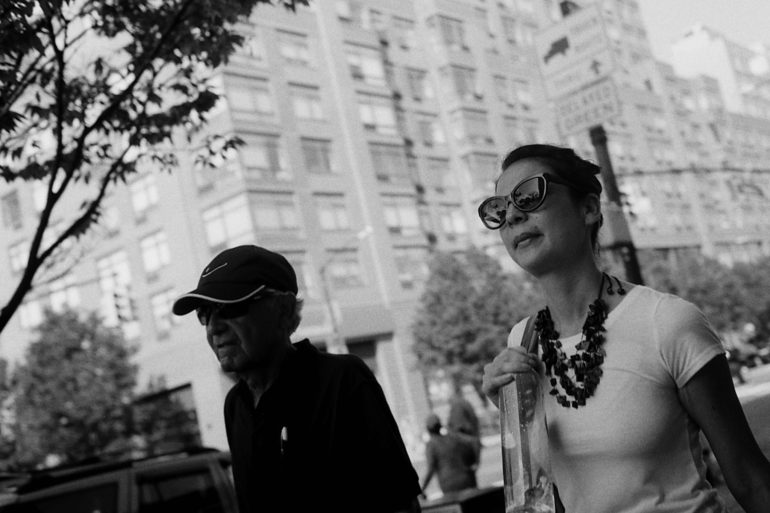
Tried and true, Kodak Tri-x 400 is a favorite film emulsion of so many photographers out there. Why is it so popular? Well, when folks speak of Tri-X they usually talk about the grain and how organic it looks. But in addition to that, it brings out a lot of details in mid tones and the overall scene. You really can’t go wrong with it.
In our review, we state:
“What I’ve typically done is rated the film to ISO 400 then just went about my day shooting without any problems. However, there are situations where you may want to rate it higher like at ISO 1600, ISO 800 or pull it down to somewhere like ISO 100. Again, due to the sheer versatility of this film I cannot at all complain about it though as I’m currently writing this I’m genuinely trying to find a reason to dislike it. But its reliability is just so excellent that I simply can’t.”
Buy Now: Amazon
Sample Images

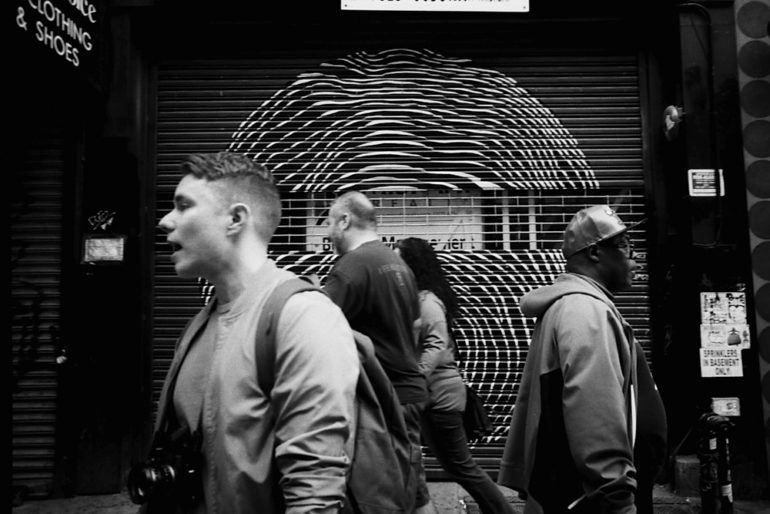
Kodak T-Max 400
Kodak T-Max 400 is arguably the sharpest black and white ISO 400 film out there. And it does this by using what’s called T-Grain. This is a completely different grain structure that not only delivers fine grain but sharp images. It’s also pretty high contrast and overall very gorgeous.
In our review, we state:
“These days, a very good argument can be made that the types of photographers that tend to use Kodak T-Max 400 are those who tend to create scenes vs capturing them–and those include portrait photographers and landscape photographers amongst others. However, it can surely be used for whatever you’d like. For example, shooting a wedding with Kodak T-Max 400 and using a flash to ensure that you absolutely maximize the sharpness potential is a great idea as long as film isn’t your primary option. Then when you want to shoot with more ambient light in the scene, switch to Tri-X 400 and feel free to push it. Of course, this isn’t always followed and sometimes photographers just like the Kodak T-Max 400 approach to tonality more than the Tri-X 400 approach to tonality.”
Buy Now: Amazon
Sample Images
Kodak T-Max P3200
Kodak recently introduced Kodak T-Max P3200; or brought it back from the dead that is. This film is actually an ISO 800 film and there’s where folks get confused. It’s designed to be pushed to ISO 3200 and to be honest, that’s where I also feel like it does its best.
In our review, we state:
“Before I go on, you should again know that Kodak TMax P3200 isn’t a 3200 ISO film. That’s right; it’s not. It’s instead designed to be pushed that far. Kodak TMax P3200 is an ISO 800 film–only a stop faster than their TMax 400 film that’s been alive and well for years now. Kodak TMax P3200 is instead designed to be a higher resolution and finer grain film when pushed. In comparison to Delta 3200 (which you can see here) Kodak TMax P3200 is far less grainy and in my opinion better looking. It’s not designed to look like Tri-X. Instead, Kodak TMax P3200 has T-grain–which is a completely different grain structure to the film.”
Buy Now: Amazon
Sample Images
Kodak Ektar 100
Kodak Ektar 100 is what the company recommended as a replacement for Ektachrome after it was discontinued years ago (though it’s finally supposed to come back.) Ektachrome was the “replacement” for Kodachrome. Ektar 100 as it is though is Kodak’s most vivid negative film emulsion and can deliver some beautiful colors when used correctly.
In our review, we state:
“In my tests, I think that this film needs a lot of daylight. I’m specifically using that term “daylight” because I’m referring to both the specific white balance and the specific light. This means that a flash is totally perfectly fine here in case you’re shooting portraits. If you have a monolight in a light modifier of some sort, ensure that you go with a white interior to keep the light color neutral. Silver interiors will offer a weird color shift at times.”
Buy Now: Amazon
Sample Images

Kodak Portra 160
Kodak Portra 160 is one of the company’s newer emulsions that was designed to prove simple to scan. This was supposed to help them transition into the digital world a bit easier. It indeed worked. While it isn’t a personal favorite of mine (I prefer 400 and 800) Kodak Portra 1600 is very capable of delivering gorgeous photos.
In our review, we state:
“Lots of photographers really like Kodak Portra 160 and I’m sure that when you expose it right, you’re bound to as well. I’ve used it in studio settings and in natural light settings. I’ve felt it isn’t giving me as consistent results as Kodak Portra 400 gives me. Quite honestly, I’ve never had a problem just pushing or pulling the 400 film anyway.”
Buy Now: Amazon
Sample Images
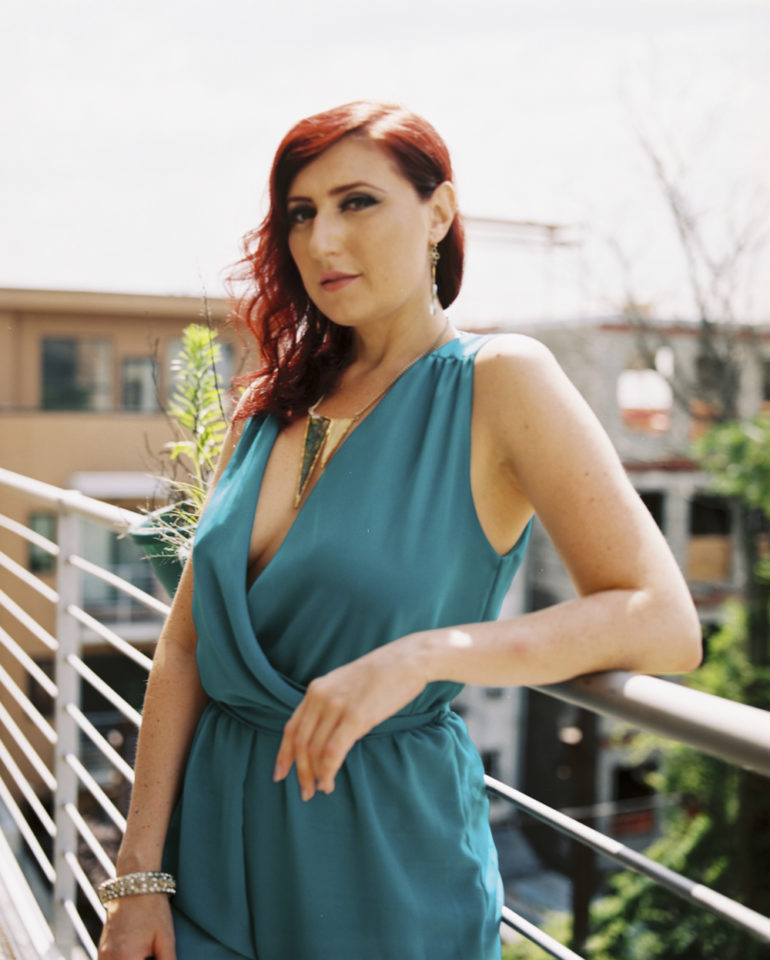
Kodak Portra 400
Kodak Portra 400 is arguably the darling of the portrait community. It delivers nice, muted tones, gorgeous skin, and that “film look” that everyone tries to go for. Plus it’s pretty darned sharp.
In our review, we state:
“Kodak Portra 400 is a Daylight balanced film. To associate this with something in the digital photography world, consider your camera’s Daylight white balance. If you go around the entire world shooting with your ISO locked in at ISO 400 and with Daylight White Balance, all you’ll get are very specific looks.”
Buy Now: Amazon
Sample Images
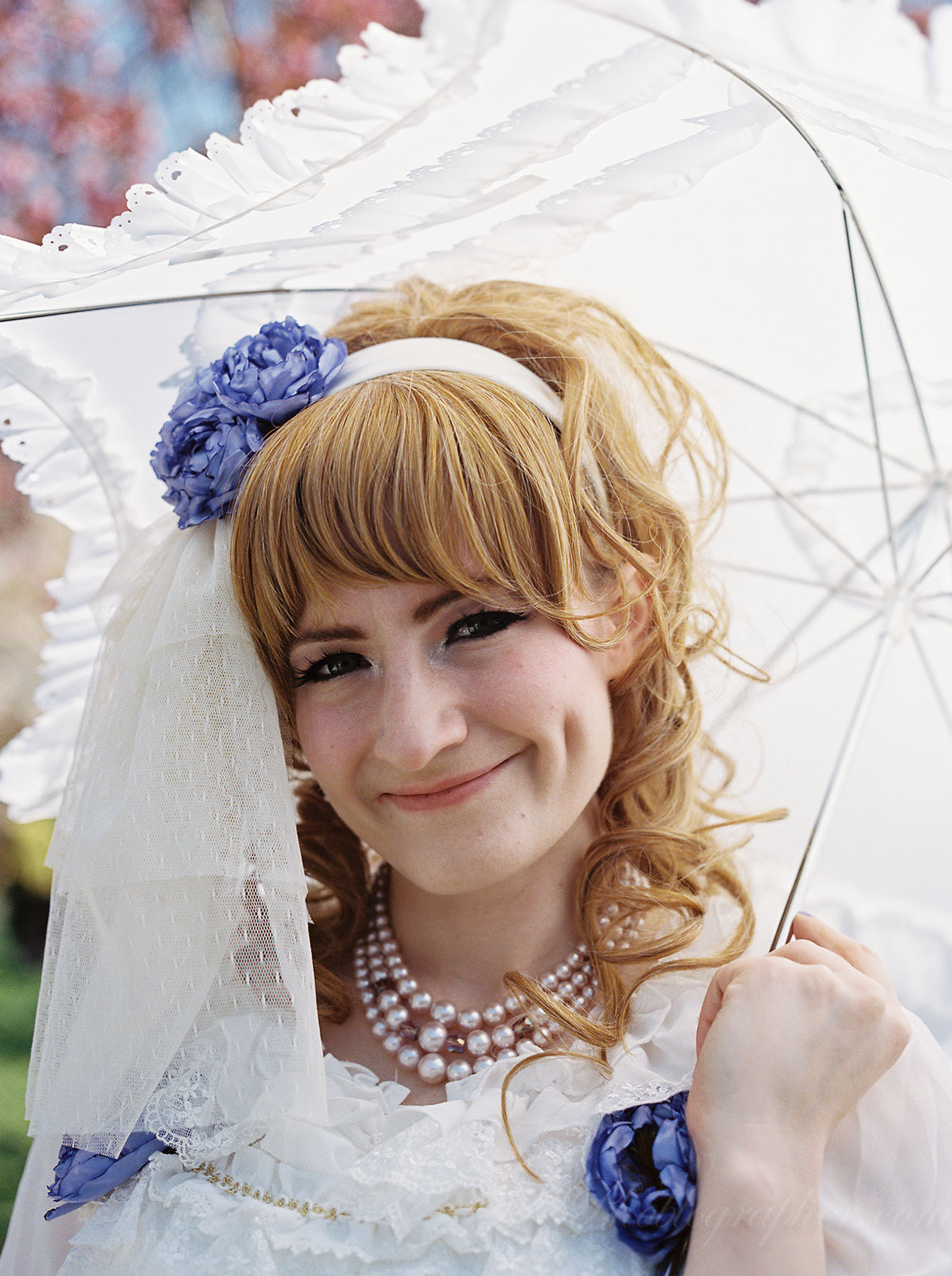

Kodak Portra 800
Kodak Portra 800 could be a personal favorite of mine simply because it’s the only version of Kodak Portra that still uses the old emulsion: VISION 2. This older technology gives you a genuinely more vintage feel to your images.
In our review, we state:
“Kodak Portra 800 is unlike many other negative films. By that, I mean that when you go to expose Kodak Portra 800, you’re best off exposing it and shooting it at ISO 800. At least that’s when I feel that you’ll get the genuinely best results. With Kodak Portra 400 I prefer to expose at ISO 200 and develop for ISO 320. With Portra 160, I tend to expose at 125. In general, negative films need a bit more light; but not Kodak Portra 800. I’ve pushed it to 1600 and exposed it 1250 and I’ve shot it at ISO 400. The results are good all across the board, but I feel like the best image quality comes at ISO 800. That generally means that between this and Kodak Portra 400, you’ll be set to go around for an entire day if you wish. Portra has always been a film that is catered to photographers who shoot portraits; quite obviously due to the name.”
Buy Now: Amazon





